Ryanair is an airline that has long been comically associated with cutting costs by whatever means. From jokes about charging for toilet usage to the carrier’s own Twitter/X account leaning into its thrifty reputation, it has become a part of the overall Ryanair experience.
There are a few other things considered trademarks of the Ryanair flying experience. For example, its infamous 11A ‘window’ seat has become a meme online and, in many cases, proactively sought out by those wanting the authentic no-window window seat experience.

Photo: Bradley Caslin | Shutterstock
There is also another unusual point that many Ryanair passengers have commented on, namely the airline’s alleged tendency to perform harder-than-usual landings. Both online chatter and word-of-mouth have supported this claim, although others have dismissed it as imaginary – so, is there any truth to the notion that Ryanair landings are harder than your average airline?
A hard landing is when an aircraft lands on the runway with a higher-than-normal vertical load factor, as measured in g-forces. While exact thresholds differ depending on the aircraft, they are generally considered to be landings involving a descent rate of at least 240 feet per minute (fpm) or at least 2G in vertical force.
While all of Boeing’s aircraft are certified to land at a rate of up to 600 fpm or 2.6G at maximum landing weight (MLW), Boeing has not published official descent rate or vertical force recommendations for hard landings for any of its aircraft. However, operators generally give the Boeing 737 a maximum vertical acceleration of 2.2G.
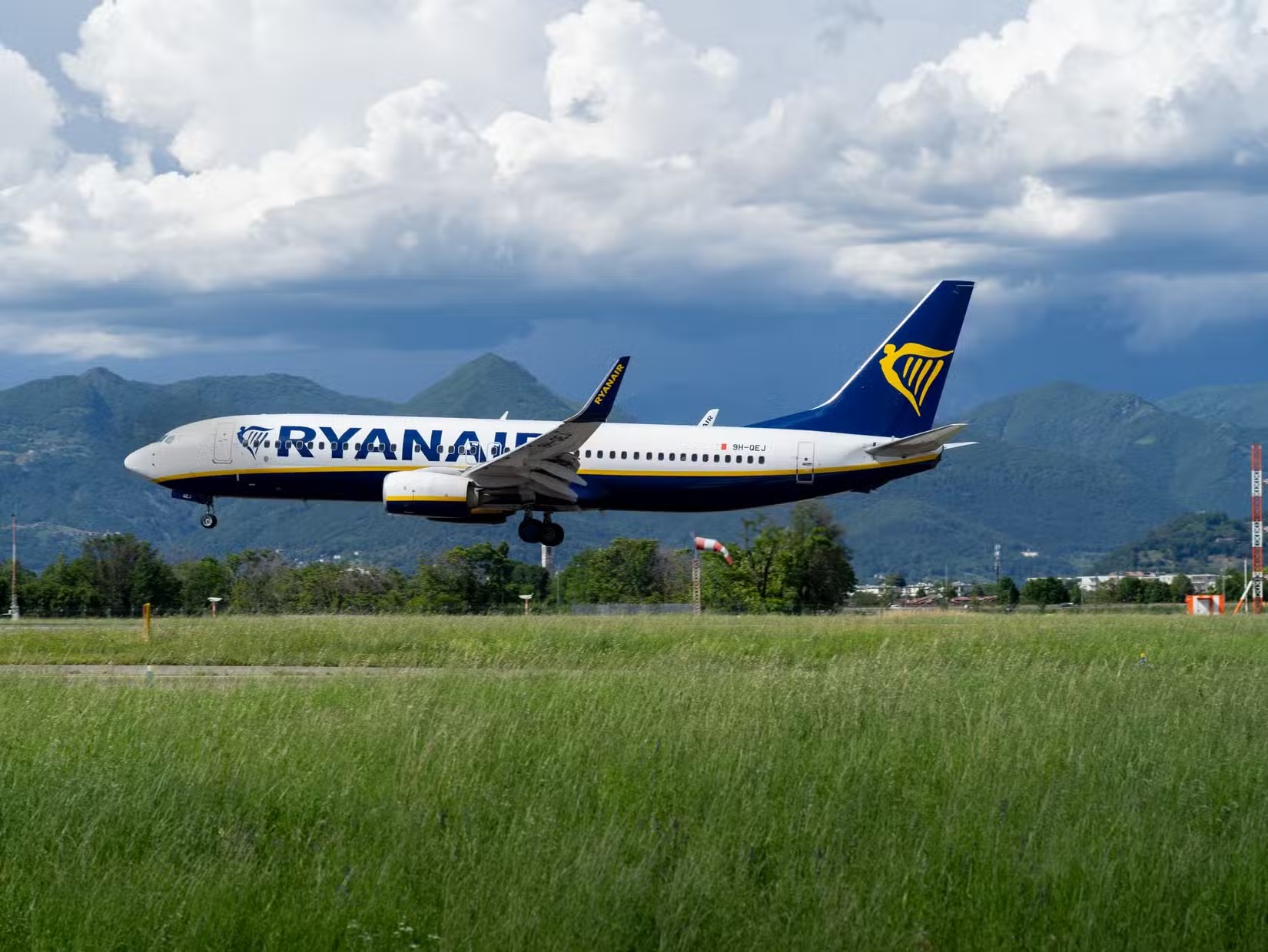
Photo: MC MEDIASTUDIO | Shutterstock
Boeing recommends operators perform landings on the firmer side for safety reasons, knowing full well its aircraft are designed to handle them. This is particularly important in wet conditions or at airports with shorter runways, where attempted soft landings are more dangerous due to less traction on the runway or less runway length.
Does Ryanair perform more hard landings?
While there are no official statistics that can give us a definite answer, there is some truth to the idea that you’re more likely to encounter a hard landing when flying with Ryanair.
Younger flight crew
Some have speculated it is due to low-cost carriers like Ryanair tending to employ pilots in the earlier stages of their careers. This means that more landings, on average, are conducted by captains and first officers on the younger side, possibly raising the chances of irregular landings.
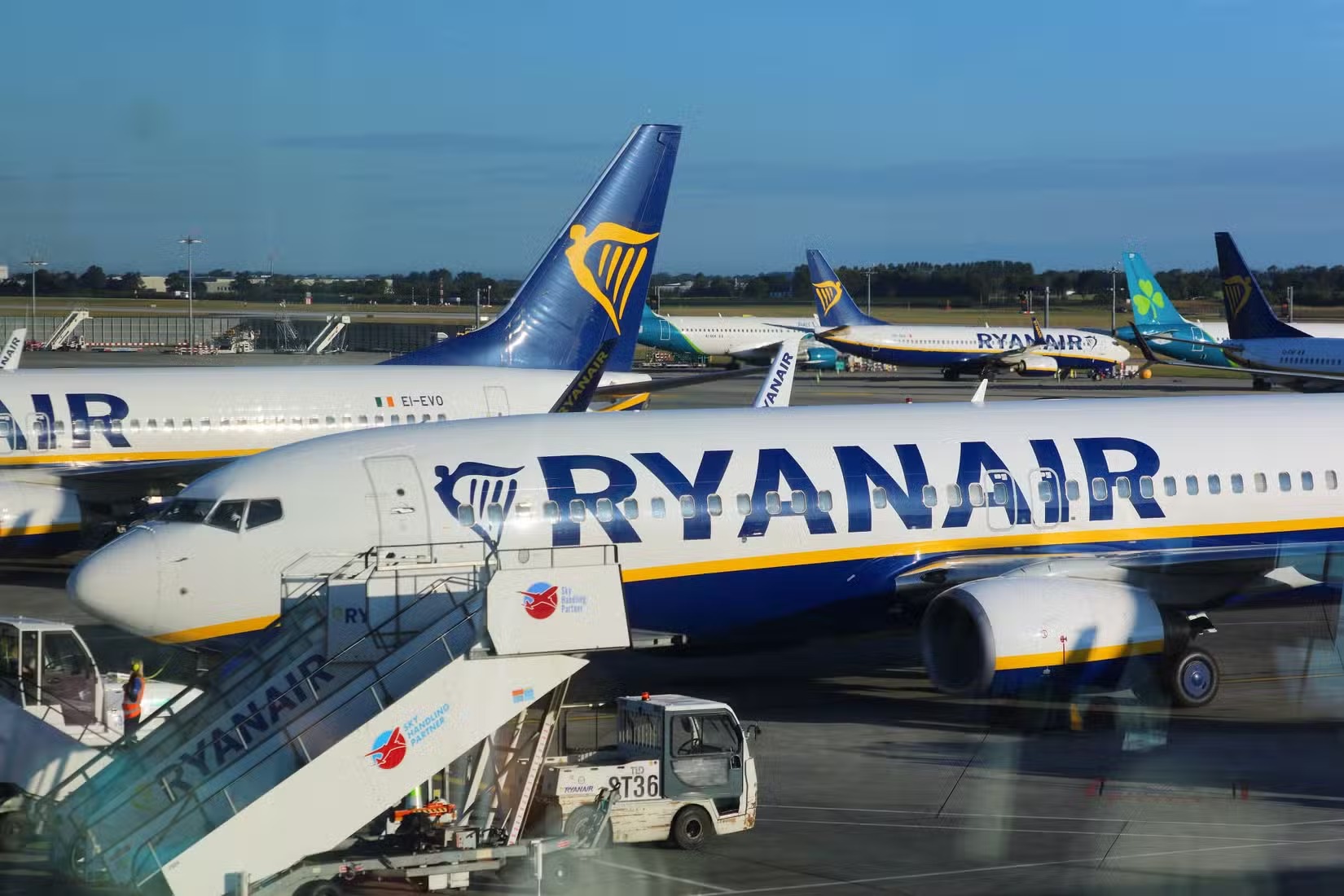
Photo: Tupungato | Shutterstock
However, the flip side of this is that Ryanair pilots usually perform multiple sectors per day, which actually increases the number of landings they carry out.
Faster turnarounds
As one AVSIM user commented, one reason the airline could perform more hard landings is that “they like to get off the runway at the first taxiway because less time spent taxiing means more chance of turning around on time.” With the airline striving to meet its stringent turnaround times, avoiding time-consuming taxiing can prove the difference between meeting or missing targets.
Other users agreed with this, with one claiming to have heard this directly from a commercial pilot. Another jokingly states his experience that Ryanair taxi speeds tend to be “just short of V1…”
Small airports
As LCCs tend to target smaller airports, their aircraft often land at airports with less runway length. This means their planes need to get down on the runway quickly, and also with enough force to immediately enforce stopping power.
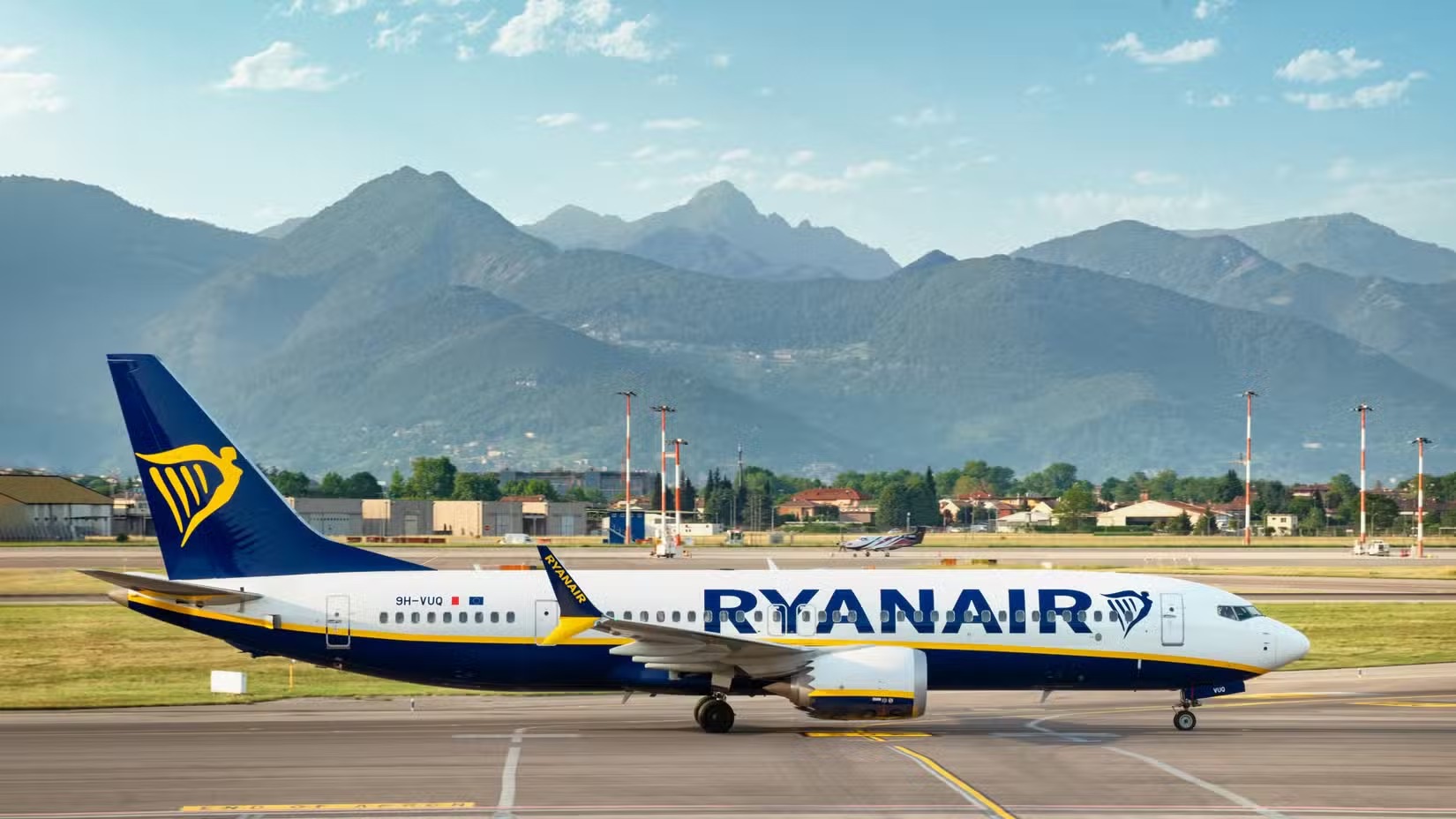
Photo: Yaya Photos | Shutterstock
Essentially, the shorter the runway, the smaller the margins of error are for pilots and the higher the risk of an accident or go-around. Given the many smaller, secondary airports in its network, Ryanair places an emphasis on getting the aircraft down.
Aircraft utilization
Ryanair maintains one of the industry’s highest daily aircraft utilization rates for its fleet at over 9 hours per day, achieved through its turnaround times and other operational efficiencies. This can lead some of its aircraft to feel a bit more dated, meaning passengers will often feel and hear every creak and bump.
737 characteristics
The Boeing 737-800 and Boeing 737 MAX 8 are among the more difficult commercial aircraft to land, particularly with their longer fuselages. This means pilots have to be more careful when performing flares (to avoid tailstrikes), raising the risk of landing at a high descent rate.
While what is usually termed a ‘firm’ landing is well within the structural constraints of commercial aircraft, landings that exceed the recommended threshold are a serious safety concern. Not only can they cause injury at that moment, but can also damage the aircraft and compromise its safety during future operations.
As pilots take longer when attempting soft landings, it also increases the chances of a runway excursion or go-around. Softer landings are also not as safe during wet weather as the wheels do not gain as much traction. Even in cases where no damage has occurred, airlines are required to conduct costly inspections and perform necessary maintenance following a hard landing.
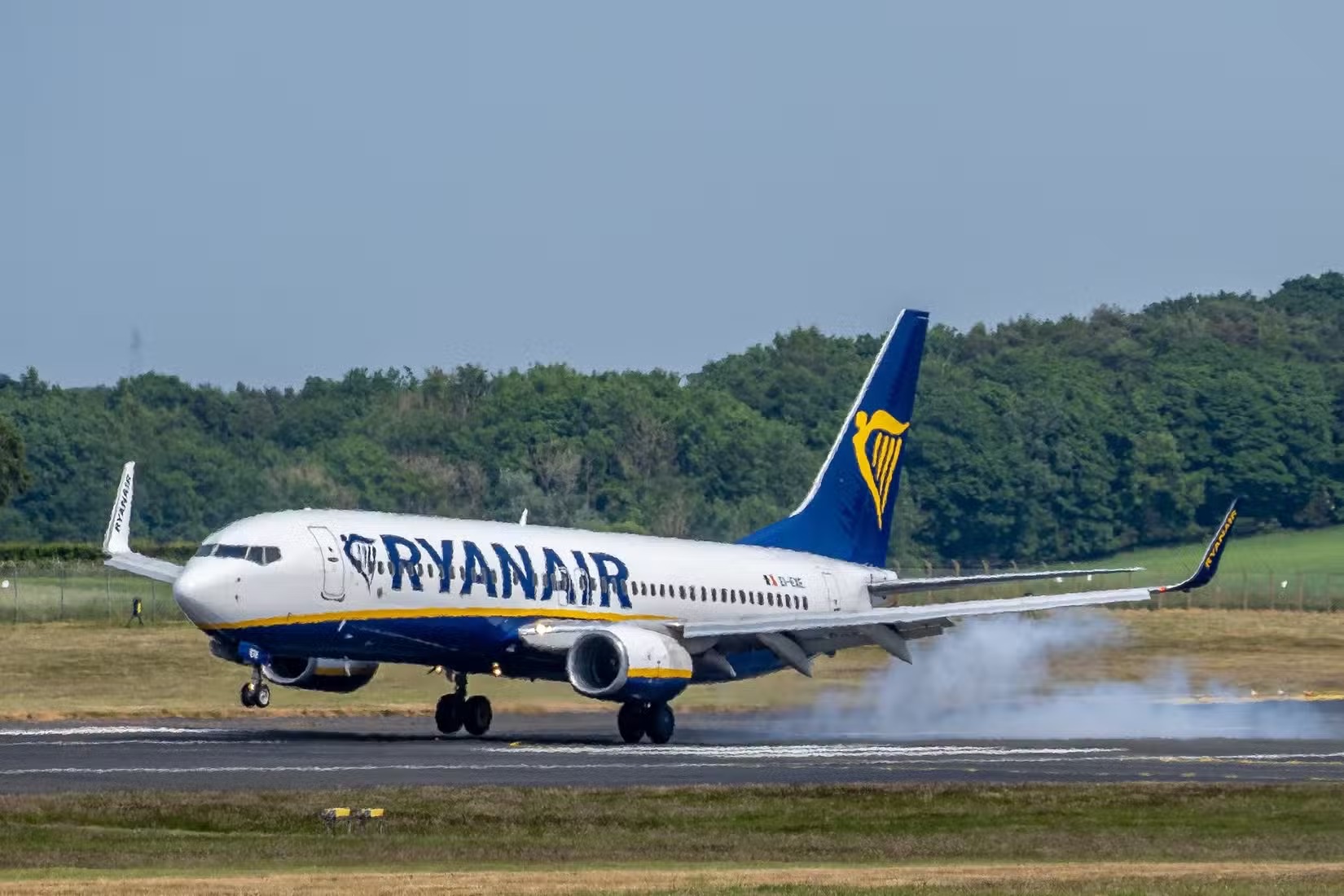
Photo: Rodney Hutchinson | Shutterstock
As many have noted, Ryanair has maintained an exemplary safety record of zero fatal crashes in all of its years of operations, with just a single airframe loss in Rome in 2008 following a massive bird strike.
Source: Simple Flying
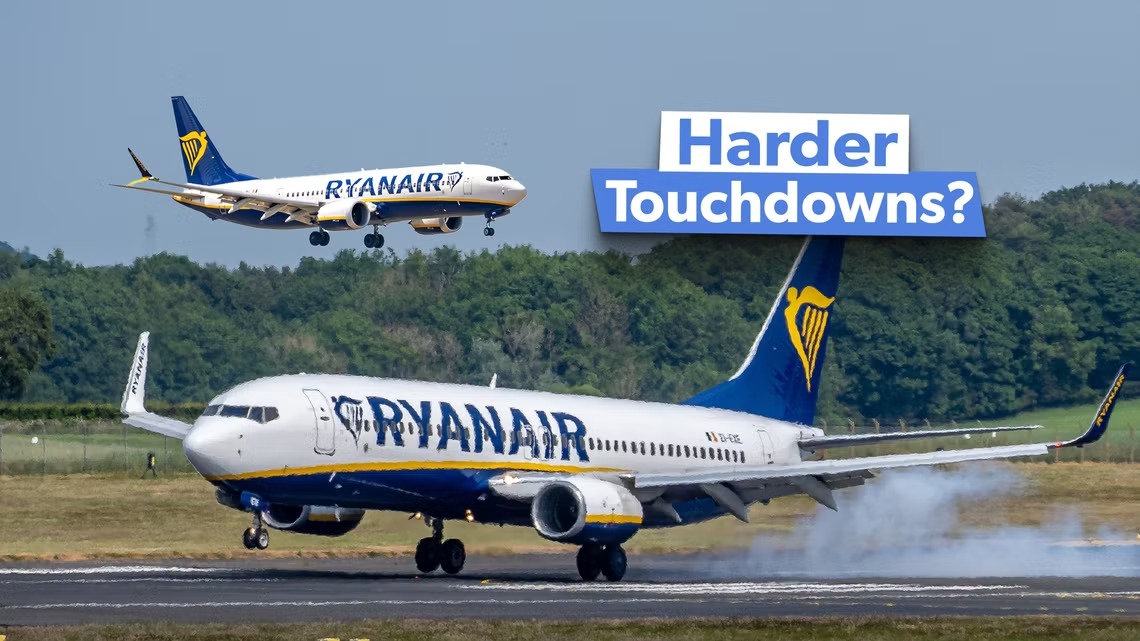
Warning: Illegal string offset 'cookies' in /home/u623323914/domains/eng.bayviet.com.vn/public_html/wp-includes/comment-template.php on line 2564